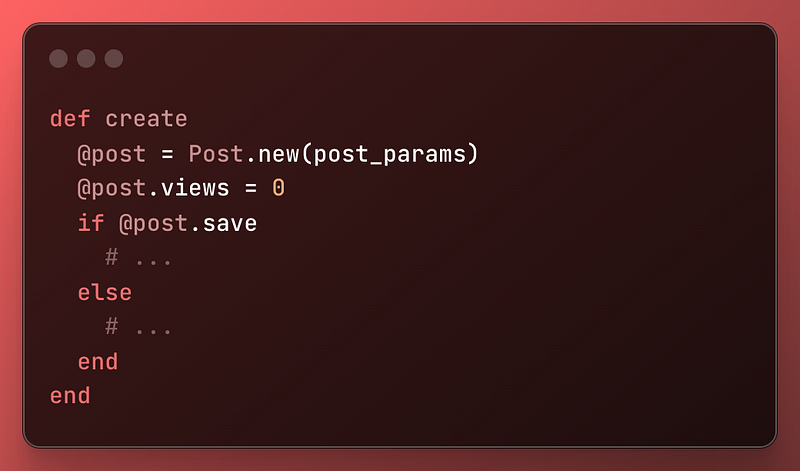Writing clean, maintainable code is a critical skill for developers, especially when working with a robust framework like Ruby on Rails. Spaghetti code — a term for tangled, hard-to-read, and non-modular code — can make your application difficult to extend, debug, and maintain. This article offers practical tips and examples to help Ruby on Rails developers avoid falling into the spaghetti code trap.
Follow the Rails Way
Principle: Embrace Rails’ conventions over configurations for a cleaner, more predictable codebase.
Example: Rails provides specific places for code related to models, views, controllers, helpers, etc. For instance, when generating a new resource:

This command adheres to Rails conventions, creating models, controllers, and views in their conventional locations, encouraging a clean and organized codebase.
Use RESTful Resources
Principle: Organize your application around resources and adhere to RESTful routes.
Example: In config/routes.rb, use RESTful routes instead of custom ones whenever possible:

This simple line creates seven different routes adhering to RESTful principles, promoting consistency and predictability in your application’s structure.
DRY (Don’t Repeat Yourself)
Principle: Avoid code duplication to make your application easier to maintain.
Example: Use partials for shared view code. If multiple views use the same form for a Post, create a partial _form.html.erb:

Then, include it in your views with:

Skinny Controllers, Fat Models
Principle: Controllers should be lightweight, handling only HTTP-related logic, while models handle business logic.
Example: Instead of cluttering your controller with business logic:

Move logic to the model:

Use Service Objects
Principle: For complex business logic, use service objects to keep models simple and maintainable.
Example: If creating a post involves multiple steps, create a service object:

Then, in your controller:

ActiveRecord Associations and Scopes
Principle: Use associations for model relationships and scopes for commonly used queries.
Example: Define associations in your models:

And use scopes for common queries:

Testing
Principle: Write tests for your code to ensure it behaves as expected.
Example: Use RSpec to write a model test:

Refactoring
Principle: Regularly improve the structure and readability of your code.
Example: Refactor complex methods by breaking them into smaller, more manageable methods.
Before:

After:

Follow Ruby and Rails Style Guides
Principle: Maintain code consistency by adhering to style guides.
Example: Use RuboCop to enforce style guidelines automatically. A simple .rubocop.yml can help enforce community standards:

Code Reviews
Principle: Engage in code reviews to maintain high standards and share knowledge.
Example: Use GitHub pull requests for code reviews. Request reviews from your team members to catch issues early and ensure consistent coding practices.
By applying these principles and examples, Ruby on Rails developers can write cleaner, more maintainable code, steering clear of the dreaded spaghetti code and making their applications more enjoyable to work on and extend.
